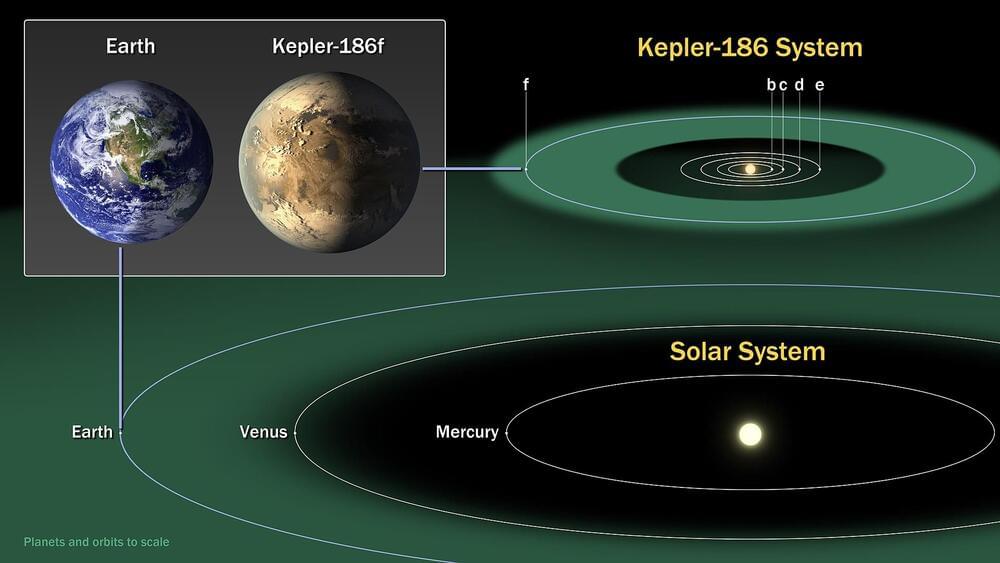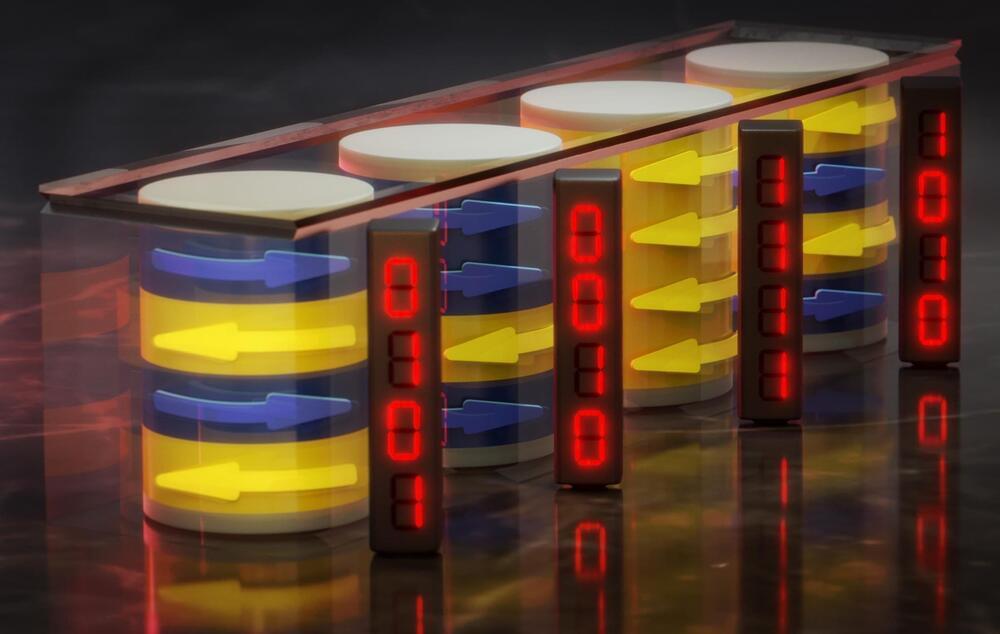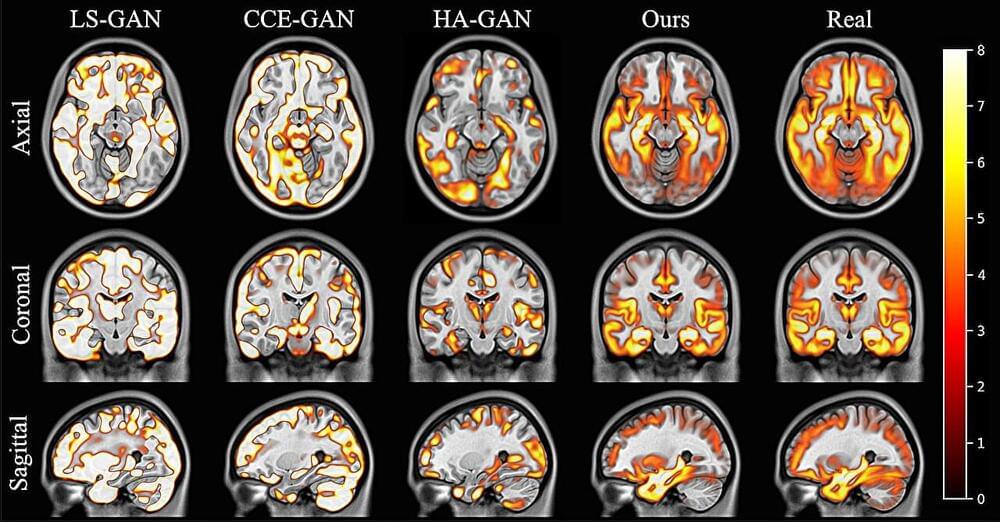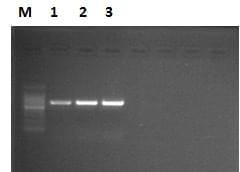AI eating its own tail: the risk of model collapse in generative systems.



BHP’s (ASX, NYSE: BHP) Spence copper mine in Chile has celebrated three months of being the company’s first fully autonomous operation, a status reached in April after a two-year journey that included converting its trucks fleet and drilling rigs.
Spence, which produced 249,000 tonnes of copper last year, is BHP’s second largest copper mine behind Escondida, the world’s biggest copper operation. In the three months to July 29, the copper operation has moved 80 million tonnes of material without any safety incidents, surpassing the production plan to date, BHP said.

“While these conditions are necessary for a planet to host life, they do not guarantee it,” said Anthony Atkinson. “Our work highlights the importance of considering a wide range of factors when searching for habitable planets.”
Does a planet just have to be in a star’s habitable zone to be habitable, or are other forces at play? This is what a recent study published in The Astrophysical Journal hopes to address as a team of researchers from Rice University and NASA investigated whether the interaction between a star’s and a planet’s respective magnetic fields could play a role in determining the habitability potential for an exoplanet. This study holds the potential to help scientists better understand the formation and evolution of exoplanets and the necessary conditions for life to emerge on those worlds.
“The fascination with exoplanets stems from our desire to understand our own planet better,” said Dr. David Alexander, who is a professor of physics and astronomy at Rice University, director of the Rice Space Institute and member of the Texas Aerospace Research and Space Economy Consortium, and a co-author on the study. “Questions about the Earth’s formation and habitability are the key drivers behind our study of these distant worlds.”
For the study, the researchers incorporated a star’s stellar activity and magnetic field into longstanding computer models designed to simulate planetary conditions, specifically for habitability. The team then analyzed 1,546 exoplanets to determine the most suitable exoplanets for habitability. In the end, they found that only two exoplanets were potentially habitable: K2-3D and Kepler-186 f. This was based on their size, location within the habitable zone, reside outside the distance where the solar wind separates from the star, and whose magnetic field strengths can shield them from harmful radiation.

For the first time, researchers have demonstrated that not just individual bits, but entire bit sequences can be stored in cylindrical domains: tiny, cylindrical areas measuring just around 100 nanometers. As the team reports in the journal Advanced Electronic Materials, these findings could pave the way for novel types of data storage and sensors, including even magnetic variants of neural networks.
Groundbreaking Magnetic Storage
“A cylindrical domain, which we physicists also call a bubble domain, is a tiny, cylindrical area in a thin magnetic layer. Its spins, the electrons’ intrinsic angular momentum that generates the magnetic moment in the material, point in a specific direction. This creates a magnetization that differs from the rest of the environment. Imagine a small, cylinder-shaped magnetic bubble floating in a sea of opposite magnetization,” says Prof. Olav Hellwig from Helmholtz-Zentrum Dresden-Rossendorf ’s Institute of Ion Beam Physics and Materials Research, describing the subject of his research. He and his team are confident that such magnetic structures possess a great potential for spintronic applications.

An AI model developed by scientists at King’s College London, in close collaboration with University College London, has produced three-dimensional, synthetic images of the human brain that are realistic and accurate enough to use in medical research.
The model and images have helped scientists better understand what the human brain looks like, supporting research to predict, diagnose and treat brain diseases such as dementia, stroke, and multiple sclerosis.
The algorithm was created using the NVIDIA Cambridge-1, the UK’s most powerful supercomputer. One of the fastest supercomputers in the world, the Cambridge-1 allowed researchers to train the AI in weeks rather than months and produce images of far higher quality.
Official trailer for HUXLEY: THE ORACLE, the next prequel story in Ben Mauro’s post apocalyptic sci-fi universe! The Oracle Empire is at the height of its power, Max is a young recruit in the Ronin army sent out on an important mission deep into the wasteland with his team. What they discover could change the course of history forever. The AI wars have begun. Directed by Syama Pedersen of ‘ASTARTES’ Warhammer 40k and the renown UNIT IMAGE animation studio, dive deeper into the world of HUXLEY in this exciting new story.
If you would like to know more, read the original graphic novel and the new Oracle prequel book that tells the story glimpsed in the trailer. Available worldwide for pre-order from Thames \& Hudson. https://vol.co/collections/the-oracle.
Official site: https://www.huxleysaga.com

Yay face_with_colon_three
A 60-year-old man in Germany has become at least the seventh person with HIV to be announced free of the virus after receiving a stem-cell transplant1. But the man, who has been virus-free for close to six years, is only the second person to receive stem cells that are not resistant to the virus.
“I am quite surprised that it worked,” says Ravindra Gupta, a microbiologist at the University of Cambridge, UK, who led a team that treated one of the other people who is now free of HIV2,3. “It’s a big deal.”
The first person found to be HIV-free after a bone-marrow transplant to treat blood cancer4 was Timothy Ray Brown, who is known as the Berlin patient. Brown and a handful of others received special donor stem cells2,3. These carried a mutation in the gene that encodes a receptor called CCR5, which is used by most HIV virus strains to enter immune cells. To many scientists, these cases suggested that CCR5 was the best target for an HIV cure.

The plan would be to launch Starship from a SpaceX facility in Texas, land it in the sea off Australia’s coast and recover it on Australian territory. Getting permission to do so would require loosening US export controls on sophisticated space technologies bound for Australia, according to the sources, who spoke on condition of anonymity.
President Joe Biden’s administration already has sought to ease similar restrictions within the AUKUS security alliance, opens new tab, a grouping of the United States, Australia and Britain aimed at countering China.
SpaceX, the US Space Force and the Australian Space Agency did not immediately reply to requests for comment.


On this day in history in 1971, Apollo 15 lunar module “Falcon” landed on the Moon. Astronauts David Scott and Jim Irwin spent 66 hours, 54 minutes, 53 seconds on the lunar surface. More on Apollo 15:
Ever wanted to drive on the Moon? Apollo 15, the fourth crewed mission to land on the Moon, was the first Apollo mission to utilize a Lunar Roving Vehicle (LRV).